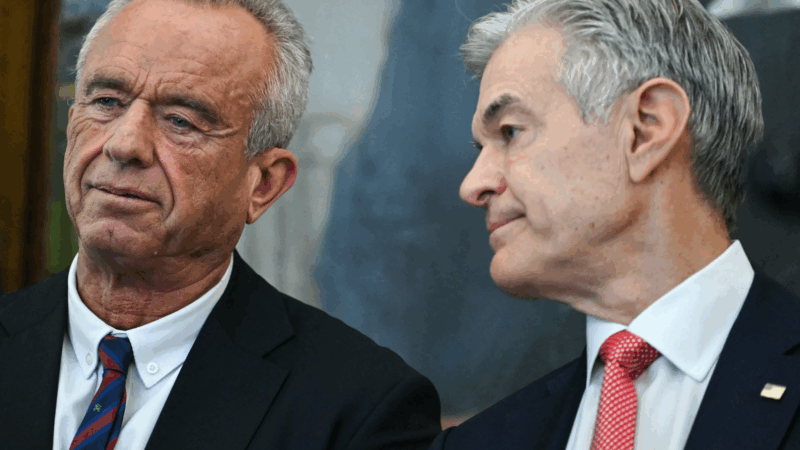More than a Quarter of Alabama’s Children Live in Poverty, Report Finds
A new study shows that more than 26% of Alabama’s children are living at or below the poverty level.
The 2015 Kids Count Data Book released this week by VOICES for Alabama’s Children provides a snapshot of well-being across several indicators including education, health and safety.
“Well I think any time you’re talking about the well-being of a child you are also talking about the future of a city, or a state, or a nation,” said VOICES policy and research director Rhonda Mann.
She says poverty is an underlying thread that can impact every aspect of a child’s life, especially early on.
“The first three years of life, a child growing up in poverty is more likely to have heard 30 million fewer words,” Mann explained. “And during the first three years and five years is when 90 percent of brain development occurs.”
Mann says children growing up in poverty often start school behind their peers and can have a hard time catching up.
The report used Census data to determine five year averages for child well-being across education, health and safety. In 2014 there were 4,849,377 people living in Alabama. Of those, more than a quarter were children. The state saw decreases in White and African-American children, while the number of Hispanic children increased by more than 191% since 2000, making Hispanic children the fastest growing population in the state in 2014.
Among health indicators, infant mortality rates remained steady at roughly nine deaths per 1000 live births. This number may seem low, but according to the data book, that constitutes nine busloads of children who will die before their first birthday. Infant mortality rates for African-American babies decreased 8.24% from 13.6 in 2003 to 12 in 2013. However, the infant mortality rate for this group is still twice as high as White babies.
In education, the high school graduation rate rose 6% in the 2013-2014 school year to a high of 86%. The report credits access to early learning programs as a factor in the increase.
Child safety shows several positive changes. The rate of child abuse and neglect declined by 13.3% from 2004 to 2014. The child death rate also decreased 13.4% from 2003 to 2013.
Mann adds that, while many of these indicators show positive changes, there is still work to be done. She says that children, especially those who are poverty-stricken, can only benefit from early childhood education like pre-K classes. and that education gives all children a better chance at being successful in the future.
Inflation cools slightly in November as worries about affordability grip Americans
The cost of living in November was up 2.7% from a year ago, according to a report Thursday from the Labor Department. That's a smaller annual increase than for the 12 months ending in September.
New York has a new Archbishop. His background looks a lot like Pope Leo’s
Like Pope Leo, Bishop Ronald Hicks is an Illinois native with deep experience in Latin America.
Could international troops be sent to Gaza? Here’s why Trump’s plan hinges on it
President Trump's peace plan for Gaza hinges on international troops in Gaza, but Israel is skeptical and no country has yet agreed to send their soldiers.
RFK Jr. and Dr. Oz to announce moves to ban gender-affirming care for young people
Health Secretary Robert F. Kennedy Jr. is expected to announce a package of measures that would together ban gender-affirming care for minors. A press conference is set for 11 a.m. Thursday.
20 years later, Waveland’s letters to Santa tell stories of recovery from Hurricane Katrina
More than a thousand letters were written and answered after the hurricane. They’re now housed in an exhibit at the Ground Zero Hurricane Katrina Museum.
A new ‘Avatar,’ a marital stand-up story and a gut-wrenching drama are in theaters
A new drama uses the real, gut-wrenching recordings of a call for help from Gaza to tell a harrowing and profound story.








